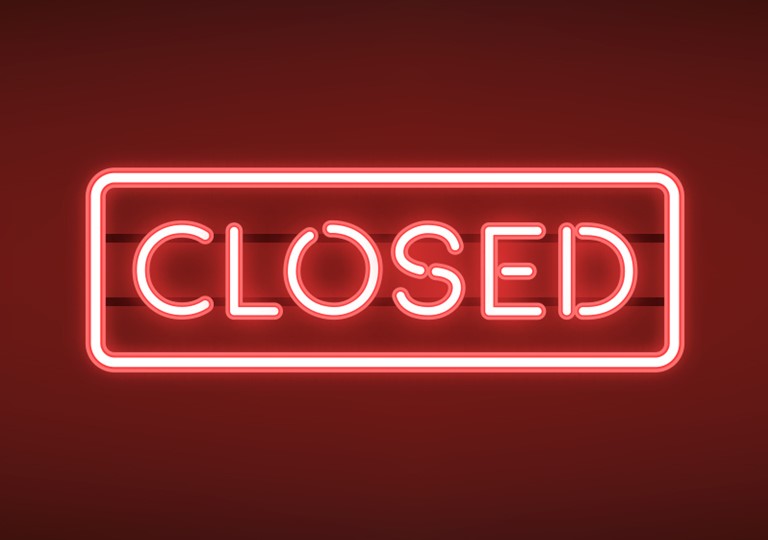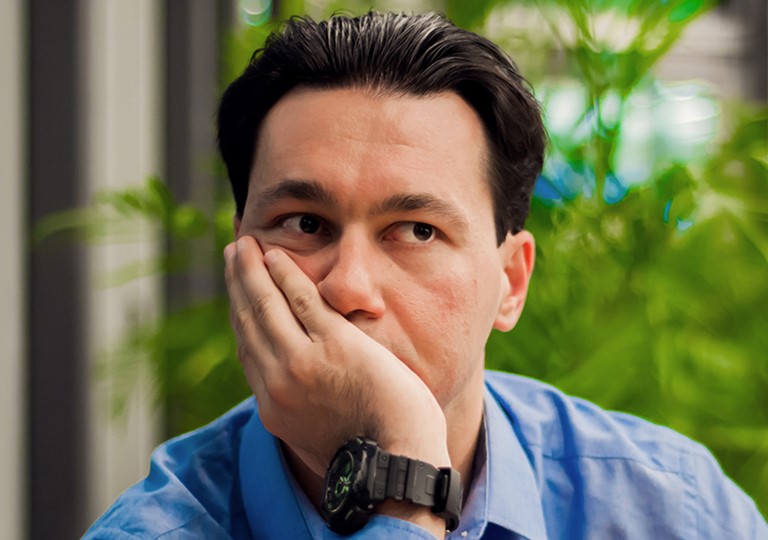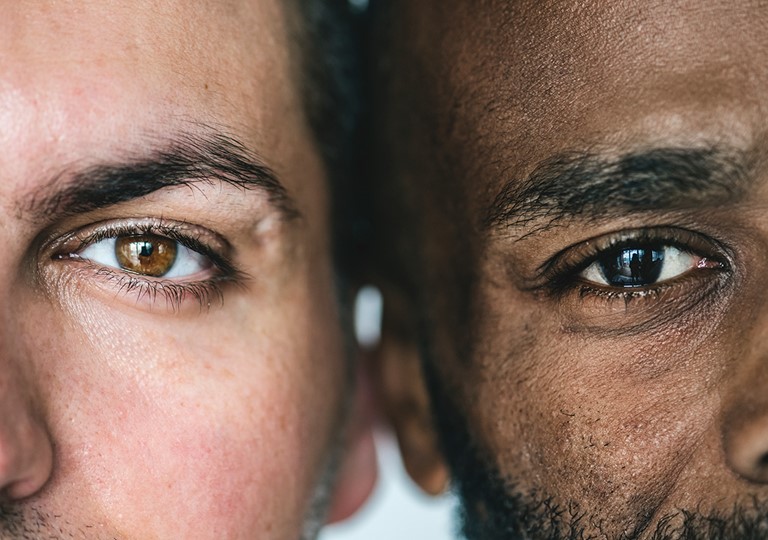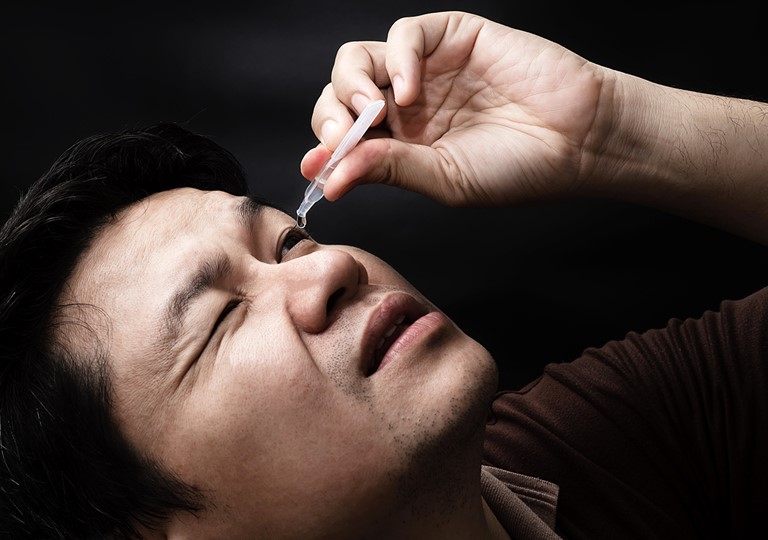Open Angle Glaucoma
Also known as Primary open angle glaucoma or chronic open angle glaucoma
This is one of the most common types of glaucoma in the U.K. and typically leads to slow damage of the optic nerve and progressive loss to the peripheral vision.
In this type of glaucoma, the pressure within the eye is typically higher than average, above 21mmHg. This may happen occasionally, or the pressure could be constantly higher than average (10-21mmHg). The high pressure causes progressive damage to the optic nerve over time.
The open angle portion of the name refers to the anterior chamber angle which is where the iris (coloured portion of the eye) and the cornea meet. Within this area a tissue called the trabecular meshwork allows for the fluid in the front portion of the eye (aqueous humour also referred to as aqueous) to drain out of the eye as it is produced. The open anterior chamber allows for the aqueous to drain freely through the trabecular meshwork. The high pressure may be a result of slow drainage through the trabecular meshwork or an over production of the aqueous within the eye.
- Typically, there are no symptoms felt by a person with open angle glaucoma. The increased eye pressure does not cause pain or nausea.
- In the early stages of glaucoma, people are not typically aware of any deterioration in their vision. This is because glaucoma affects the peripheral (side) vision, rather than the central vision initially.
- The sight is still being damaged when glaucoma is uncontrolled.
- Glaucoma is typically detected with routine eye examinations, which is why it is important to attend regularly for check-ups.
- If your optometrist suspects glaucoma they will refer you to an ophthalmologist.
- Damage to the optic nerve typically affects the peripheral (side) vision initially by creating blind spots. This may mean you miss things to your side.
- Often glaucoma damage is described as slowly decreasing tunnel vision. It may also impact your contrast sensitivity, meaning it becomes more difficult to discriminate between objects in low light.
- Glaucoma normally does not affect the clarity of vision or the central vision.
- If left untreated the visual field will continue to narrow to form a tunnel and can begin to affect the central vision. This is when a person typically becomes aware of the impact of glaucoma on their vision.
- Damage caused by glaucoma cannot be reversed so it is important to diagnose and treat glaucoma in its early stages. If treated early enough, vision loss can be prevented.
- Primary open angle glaucoma typically affects both eyes, normally one is more affected than the other.
Your optometrist or ophthalmologist will use a combination of different tests to check for glaucoma these may include:
- Optic nerve health – this is performed by shinning a bright light into the eye to look at the optic nerve at the back of the eye. Changes seen will be recorded and a photo may be taken to refer to in the future.
- Eye pressure – this is normally done in a screening test with a ‘puff of air’. This type of test may make you jump; however, it is not painful and does not damage the eye. Other ways of measuring the pressure are done with small probes which you barely feel against your eye or a larger probe which gently touches the eye. This requires the use of anaesthetic eye drops (to numb the eye for a short period) and orange-yellow dye called fluorescein. You will not feel this measurement being taken. The anaesthetic drops may sting for 10-30 seconds after instillation.
- Visual field test – with this test you are asked to look at a central light and click a button whenever you see a flash of light to the side. This checks to see if any blind spots have formed in the vision of either eye.
- Optical Coherence Tomography – this is a scan of the back layers of the eye. Abnormal thinning of the nerve fibre layer can indicate glaucoma damage and may be used as an additional monitoring technique.
If there is an abnormality in any of the tests your optometrist may ask you to come back for another appointment to repeat the test again. If the same or a similar abnormal result is found they may do additional tests prior to referring you to an ophthalmologist. These tests will likely be repeated on your visit to the ophthalmologist.
Additional tests typically include:
- Measuring the thickness of the cornea. This influences the measurements of the eye pressure and may indicate your pressure may be higher or lower than measured.
- Examining the anterior chamber, the area where the fluid that circulates within the eye drains out. This is done with a mirrored lens called gonioscopy. This measurement will also require the use of anaesthetic (numbing) drops.
- The only way we have to manage glaucoma at present is to reduce the pressure within the eye.
- Normal eye pressure is between 10-21mmHg. Even if the pressure is within a normal range, it may be too high for you and causing damage.
- Different people have a safe level of eye pressure for the optic nerve and Mr Agarwal will have a target/goal eye pressure in mind for your eyes.
- Methods to lower the pressure in the eye include:
- Eye drops
- Typically, the first treatment given to a person with glaucoma or who may be at risk of glaucoma due to higher-than-average eye pressure.
- These drops work to reduce the pressure in the eye by either reducing the volume of fluid (aqueous humour) produced in the eye or by making the fluid drain away more quickly.
- Eye pressure needs to be checked regularly to ensure the drops are working and meeting your ‘target pressure’ needs. It may take a few months to see their full effects.
- You may need a combination of drops to reach a pressure that will be best for you.
- Consistent use of the drops as prescribed is the only way they will work effectively. Stopping use of the drops will cause the pressure to rise and cause damage to the eye.
- There will be no noticeable change to you while using these drops and they will not improve your eyesight.
- Laser Treatment
- Laser treatment may be enough in some cases to lower the pressure. This is typically temporary and drops may need to be added as well.
- Mr Agarwal is the best person to evaluate your case and if he thinks it would be of benefit will suggest this to you.
- The most popular type of laser treatment offered is called Selective Laser Trabeculoplasty. This laser targets the drainage trabecular meshwork to improve outflow of the fluid in the eye.
- There are other types of laser treatments including Micro pulse and Cyclodiode. Mr Agarwal will discuss these options with you if they are appropriate. More information on both can be found by following the treatment links.
- Surgery
- 5% of people with glaucoma do not see a significant response from drops or laser treatments. At this time Mr Agarwal will consider surgery.
- A Trabeculectomy is the most popular and gold standard of procedures. This surgery creates a new channel for the fluid to drain through.
- Other surgeries including Minimally Invasive Glaucoma Surgery and Tube Surgery may also be an option in your case. Mr Agarwal will discuss the best options with you.
- Eye drops
Accuracy
While care has been taken to compile accurate information and to keep it up to date, Mr Agarwal cannot guarantee its correctness and completeness. The information provided in this information sheet is designed to support care and is not a substitute for professional healthcare advice, by a qualified doctor or other healthcare professional, which will be tailored to a patient’s individual circumstances.







